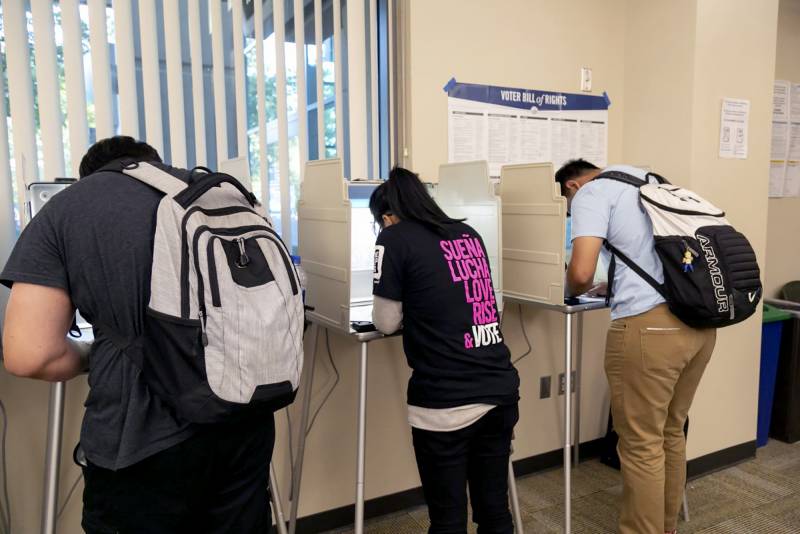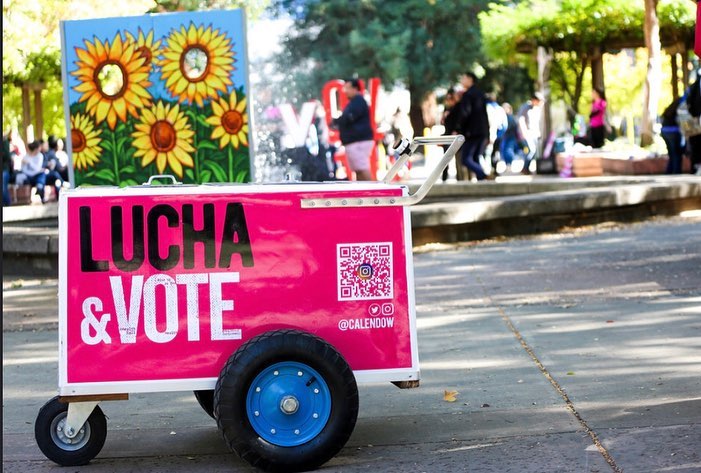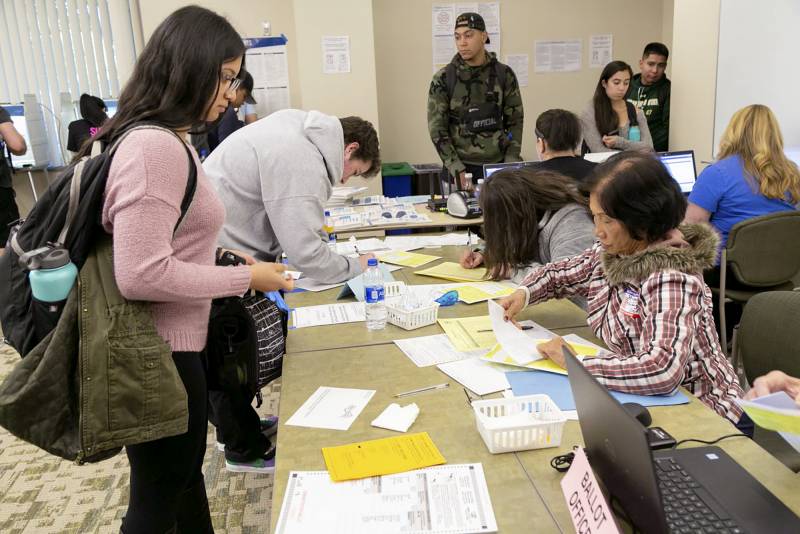When Savannah Mendoza was a child, her father would take her along to the polling place when he went to vote. Years later, Mendoza is a political science major at Sacramento State. She wants to run for office someday.
But for now, she’s focused on a more immediate challenge: getting her classmates to turn out for the 2020 elections.
“As a young Latina, that’s something that in our communities we don’t see that often,” said Mendoza. “We don’t recognize how powerful our voice and our vote is.”
Mendoza and other campus organizers across California are gearing up for the state’s early primary in March, hoping for a repeat of the 2018 elections, when student voter turnout nationwide more than doubled. They’re trying creative tactics to get their peers registered and to the polls, helped along by two new California laws aimed at encouraging campus civic engagement.
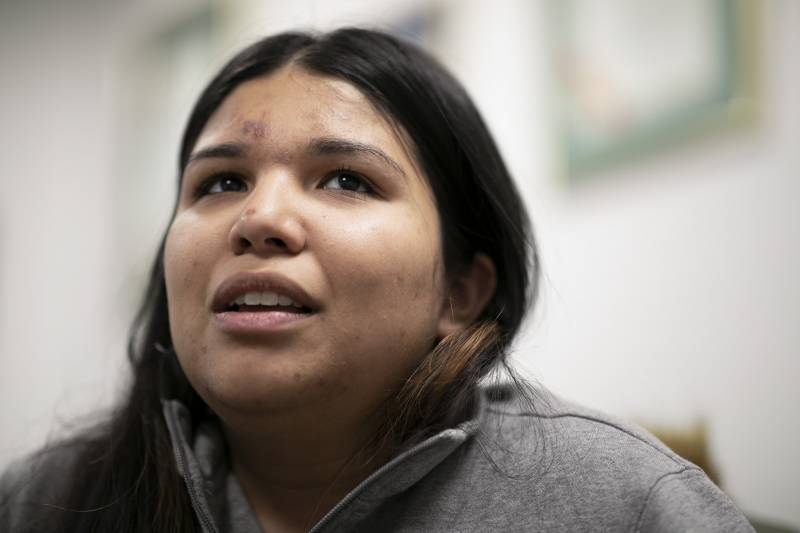
Younger adults have long voted at lower rates than older ones, but a combination of shock over the 2016 elections and strong feelings about issues such as the environment and immigration drove a surge in student voting in 2018 that outpaced the uptick seen among the general population, experts say. Those same factors could come into play again next year, said Nancy Thomas, director of Tufts University’s Institute for Democracy and Higher Education, which reports on college student voting rates in each federal election.
“I don’t think there’s any question that 2020 is going to be another bumper crop year for college and university student voting,” she said.
From ‘Vote Goat’ petting zoos to toting popcorn machines to dorms for ‘pop-up’ voter registration drives, many of the campaigns seek to inject some fun into voting. To be successful, they will have to overcome the barriers that can inhibit students from participating in elections:
Many students have moved to attend school and will need to re-register if they want to vote at their new address. Mendoza, who serves as civic engagement coordinator for Sacramento State’s student government, says students sometimes brush her off because they’re busy with work and classes, think they don’t know enough about the issues, or simply feel that their vote doesn’t matter.
“They’ve kind of lost hope in our government, because they see what’s happening at higher levels and they feel like they can’t do anything about it,” she said.
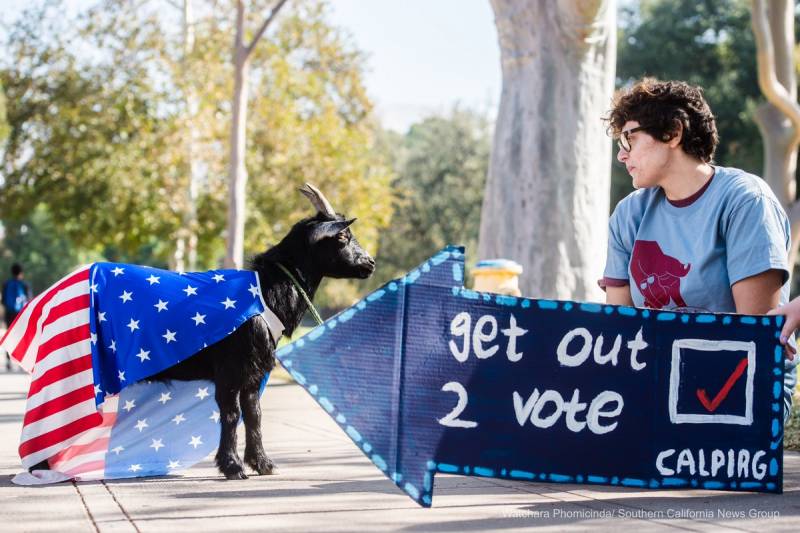
At Fresno State, fourth-year D’Aungillique Jackson said that at first, talking to students about registering to vote was “almost like pulling teeth.” Then Jackson, the vice-president of her school’s NAACP chapter, attended a civic engagement training sponsored by the organization.
She learned to start conversations about criminal justice issues that disproportionately affect young people of color, she said, such as gang conspiracy and stand your ground laws.
“Talking to people about things that affect them that way, I was able to increase interest about the election process among black people on campus and in my greater community,” she said.
After hosting dozens of civic engagement events last year, including a voting-themed variety show, Jackson decided the job was too big for students to handle alone. She and other Fresno State students lobbied legislators to pass a new law that requires public college and university campuses to designate a “civic and voter empowerment coordinator” who will run voter education events and social media campaigns. Authored by Assemblywoman Cottie Petrie-Norris, the law is set to take effect January 1.
The law is just one of several ways California is pushing to make student voting easier at a time when reports of campus voter suppression are surfacing nationwide.
“You have to make [voting] convenient, especially for the working student,” said Noel Mora, an outreach worker with the California Secretary of State’s office.
